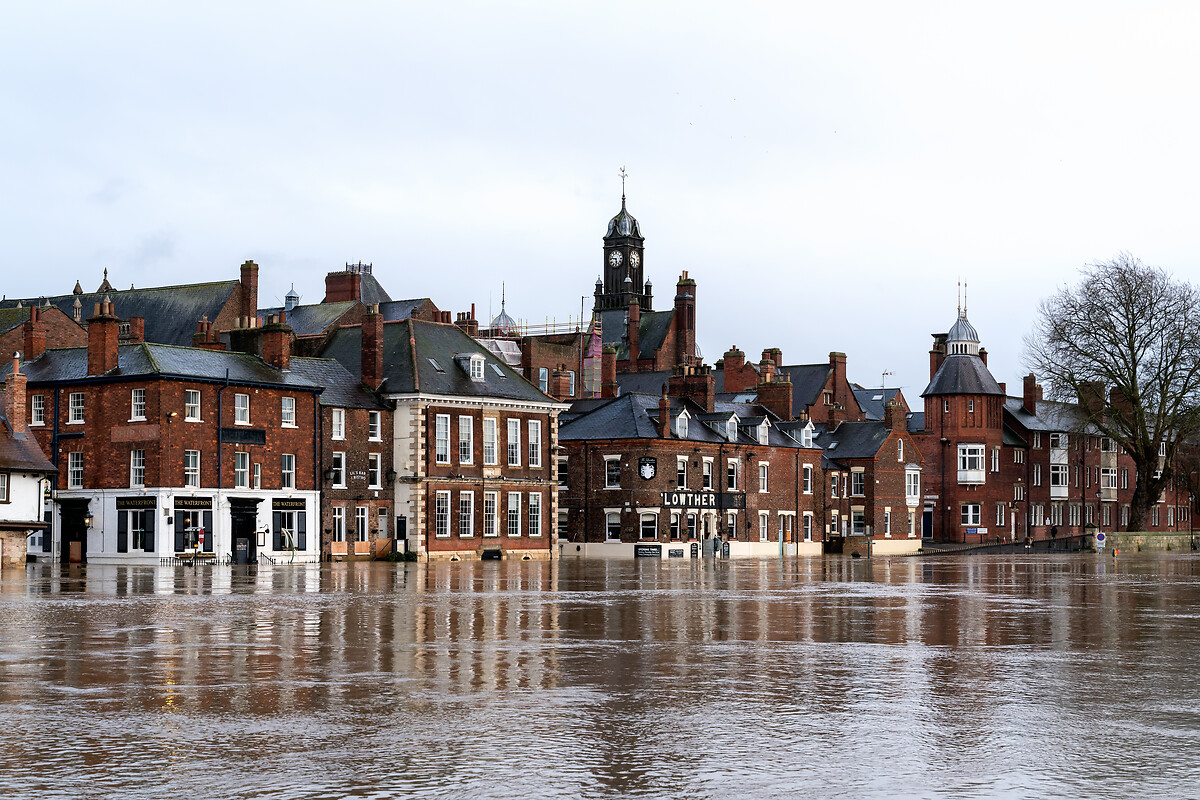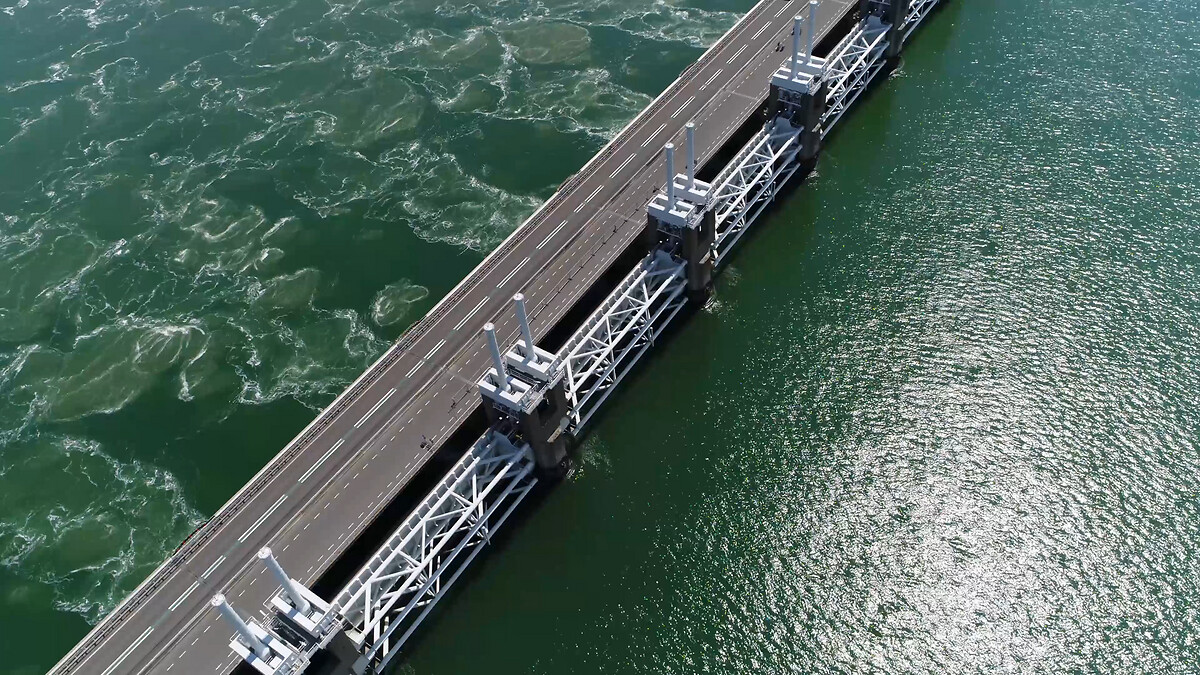> Tags: Climate resilience, Infrastructure, Planning, Sea-level rise, Standards
> Theme: Climate change
> Country: Germany
> Last updated: 04 June 2020
Download PDFPolicy in practice
Even with the best possible information, sea-level rise is among the most uncertain of climate change impacts, both in terms of the timing and magnitude of hazards at the regional level. An adaptation measure that is being used more widely is applying a climate change safety margin during the design process for hard infrastructure measures, such as dikes, levees and seawalls. Coastal defence infrastructure is designed to achieve a level of service (such as protecting a community from a 100-year flood), and in general, this level of service is determined using historical climate information, which does not incorporate changing conditions.
In Germany, dike crests need to be widened by 2.5-5.0 m when undergoing reinforcement, in order to address uncertainty in future sea-level rise. With this profile, the embankment may be further heightened in a second phase at relatively low cost and little planning efforts. Thus, in two phases, an SLR of about 1.5 m can be accommodated. Dike widening will, as far as possible, occur on the land side of the dike in order not to disturb valuable ecosystems, e.g. salt marshes, on the seaward side.
Key policy message
Infrastructure safety standards should account for sea-level rise margins to reduce coastal risks



